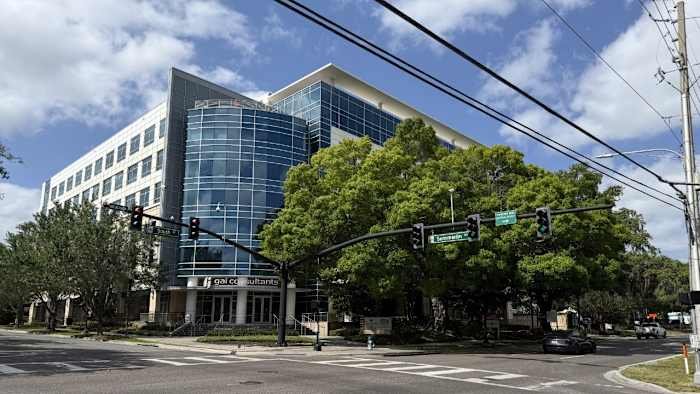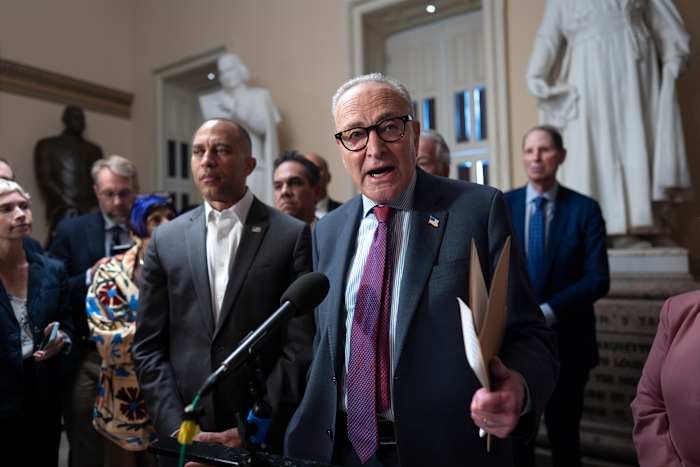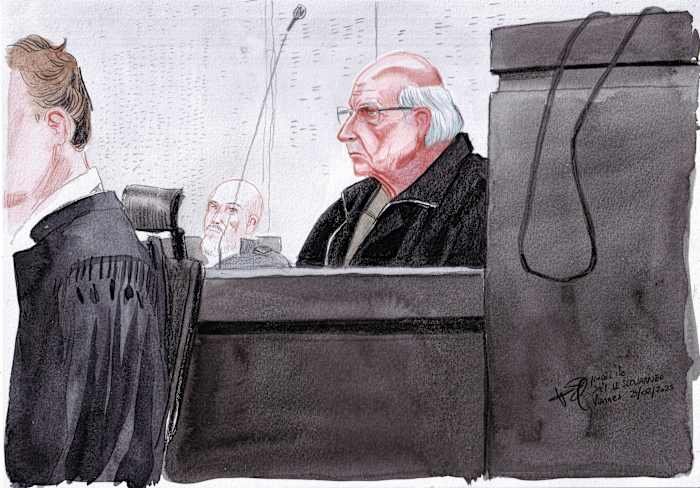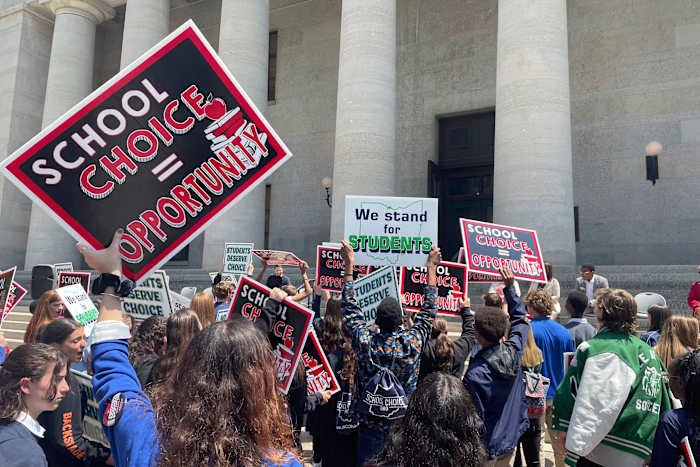Orlando, FL — This week, the city of Orlando made the decision to close a major stretch of Summerlin Avenue, initiating a comprehensive infrastructure project that will affect thousands of residents and commuters. The closure is part of a proactive, long-term effort to replace aging underground systems, ensuring the city remains resilient and safe for years to come. As disruptions begin, it’s important for Orlando locals to understand what’s happening, how it impacts daily life, and what to expect in the months ahead.
Why Summerlin Avenue Was Closed
Summerlin Avenue is more than just a roadway; it’s a vital corridor linking several of Orlando’s neighborhoods, schools, and businesses. However, beneath the surface, much of the infrastructure is decades old, with pipes and utility lines reaching the end of their expected lifespan. The city’s utility department has reported increasing maintenance issues and several near-miss failures in recent years, prompting this large-scale replacement effort.
City officials explained that the closure is necessary to allow crews to safely access and replace water mains, sewer lines, and electrical conduits that serve not only the immediate area but also much of central Orlando. By closing the street now, the city hopes to prevent disruptive emergency repairs in the future, which could prove even more costly and inconvenient.
Impacts on Traffic and Local Businesses
For Orlando residents and commuters, the closure of Summerlin Avenue means changes to daily routines. Detour signs have been posted, rerouting traffic through nearby streets such as Mills Avenue and Orange Avenue. While the city has worked to minimize inconvenience, heavier traffic is expected during rush hours, especially around Lake Eola and Thornton Park.
Local businesses are also adjusting. Restaurants, shops, and service providers along Summerlin are bracing for a potential decrease in foot traffic. Many are encouraging customers to use alternative entrances or parking lots accessible via side streets. The city’s economic development office has committed to supporting these businesses with marketing resources and signage, hoping to keep Orlando’s vibrant local economy humming through the disruption.
What the Project Entails: Modernizing Orlando’s Infrastructure
The Summerlin Avenue project is part of a broader initiative to modernize Orlando’s infrastructure. Crews will be replacing water and sewer lines, many of which date back to the 1960s. Upgrades also include new stormwater drainage systems to reduce flooding, improved traffic signals, and more robust electrical wiring to support future growth in the area.
By investing in these improvements now, Orlando aims to prevent water main breaks, sewer backups, and power outages that have plagued other cities with aging infrastructure. City engineers are using advanced materials designed to last for decades, ensuring that Summerlin Avenue will be safer and more reliable for generations of Orlando residents.
Timeline and What to Expect Next
According to the city’s public works department, the project is expected to last approximately 12 months, with periodic updates provided on the City of Orlando website. The timeline includes:
- Initial demolition and excavation (first 2 months): Crews will remove pavement and access underground utilities.
- Replacement of systems (months 3-8): Old pipes and conduits will be swapped out for new, modern materials.
- Restoration and resurfacing (months 9-12): Roadway and sidewalks will be rebuilt, landscaping will be restored, and new crosswalks installed.
Throughout the process, the city is encouraging residents to stay informed through local news updates, city council meetings, and community bulletins. Emergency vehicle access will be maintained at all times, and special accommodations are being made for school buses and residents with mobility challenges.
How Orlando Residents Can Get Involved
Community input is a critical part of this project. The city is hosting public forums where Orlando residents can ask questions, express concerns, and offer suggestions for minimizing disruption. Feedback from these sessions helps city planners adjust detour routes, signage, and business support programs in real time.
Locals can also sign up for email alerts and text updates about the project’s status and any changes to the timeline. Staying engaged ensures that your voice is heard and that the city meets the needs of all Orlando’s diverse neighborhoods.
Conclusion: Share Your Thoughts
As Summerlin Avenue undergoes this important transformation, patience and community spirit will be key. While the closure brings challenges, it’s a vital step toward a safer, more reliable Orlando for everyone. How will the closure impact your daily routine? Are you a business owner with creative solutions for customers? Let us know your thoughts and experiences by leaving a comment below. Your feedback helps keep Orlando moving forward!
















